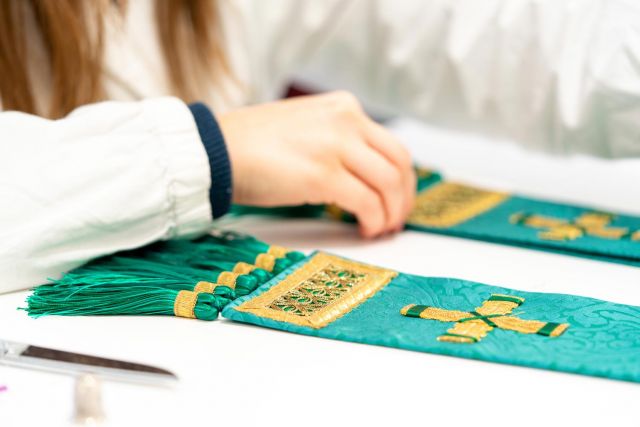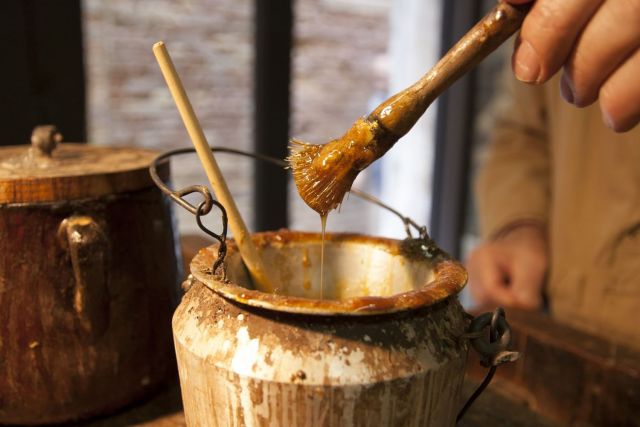This fruit was created using a blend of both animal and vegetable waxes with natural resins, modifying the traditional recipe for a greater durability and resemblance. The display base is made of turned wood.
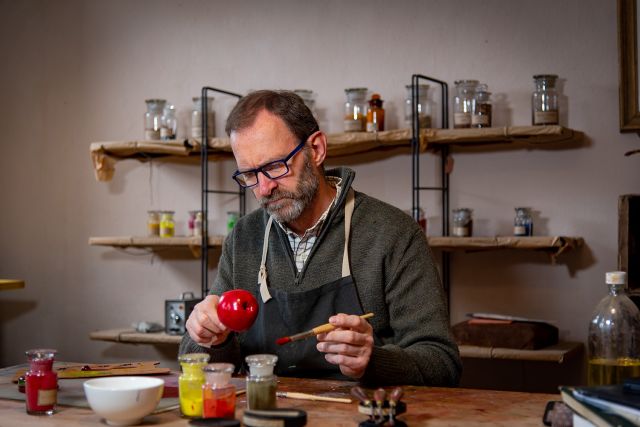
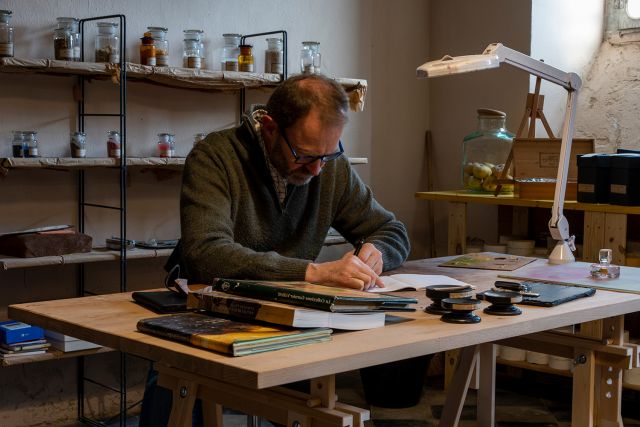
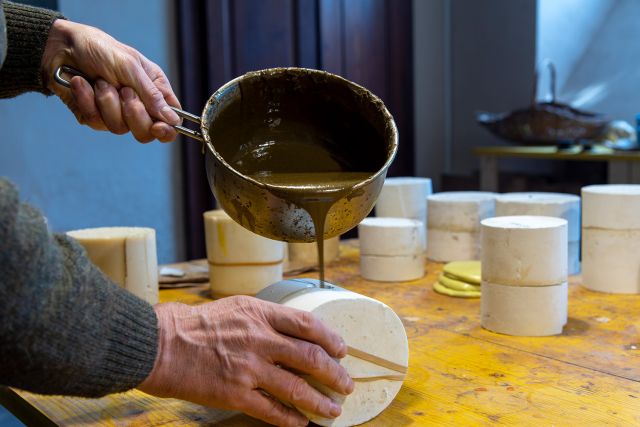
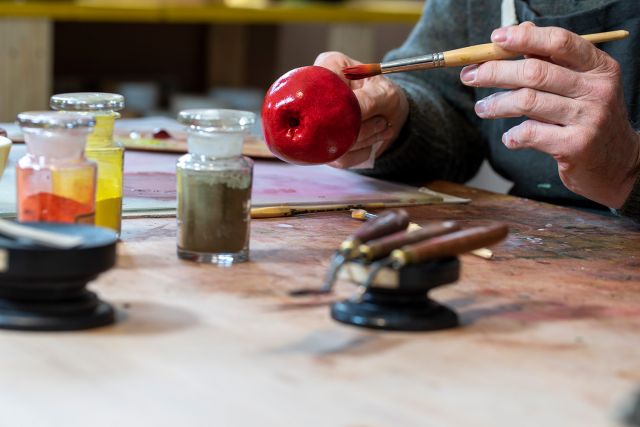

Davide Furno
- Wax worker
- Vigliano Biellese, Italy
- Rising Star
By appointment only
+39 3456273518
Crystallised models of fruit and vegetables
- • Davide has adopted a lost tradition
- • He has revitalised an ancient wax modelling craft
- • His pieces can take up to three months of work
After years of training as a creative, which lead him to a career in the world of advertising, Davide Furno, feeling a bit constrained in his professional role, began to take an interest in craftsmanship. He discovered wax work in the fruit collection of the 19th century wax modeller, Francesco Garnier Valletti. A passion was born. Davide has nourished this interest with years of study and research. In his atelier in Biella, he creates reproductions of fruits and vegetables out of wax for museums, universities, private collections or scenography. Using fruits and vegetables as models, Davide produces the mould, into which he pours a boiling mixture of resins and waxes. The raw piece is then coloured and polished with six to eight coats of white lead, glazes and varnish.
Read the full interviewWorks
Photo: ©Giuliano Beduglio & Daniela Azeglio

Photo: ©Giuliano Beduglio & Daniela Azeglio
This is a still life for decorative purposes, composed of wax replicas of tomatoes, potatoes, beans, asparagus and cabbage leaves. The materials used are a mixture of natural waxes and resins, a personal reinterpretation of traditional wax plastic recipes.

Photo: ©Giuliano Beduglio & Daniela Azeglio
This replica of a pear was made using the historic Garnier Valletti wax modelling technique, the refined and inimitable 19th-century method, specific to the creation of scientific museum collections, with a mixture of waxes. Each fruit is created by pouring a hot paste into plaster casts. This raw material, after various corrections and polishing, is then prepared with resin priming and subsequently coloured with glazes until, after about three months of work and a dozen coats, an exact replica of the original fruit is obtained. The weight of the finished piece is also the same as that of the original fruit.

Photo: ©Giuliano Beduglio & Daniela Azeglio
This is a replica of a generic pomegranate for decorative purposes. The fruit was created using a blend of both animal and vegetable waxes with natural resins, modifying the traditional recipe for a greater durability and resemblance. The display base is made of turned wood.

Photo: ©Giuliano Beduglio & Daniela Azeglio
This fruit was created using a blend of both animal and vegetable waxes with natural resins, modifying the traditional recipe for a greater durability and resemblance. The display base is made of turned wood.





